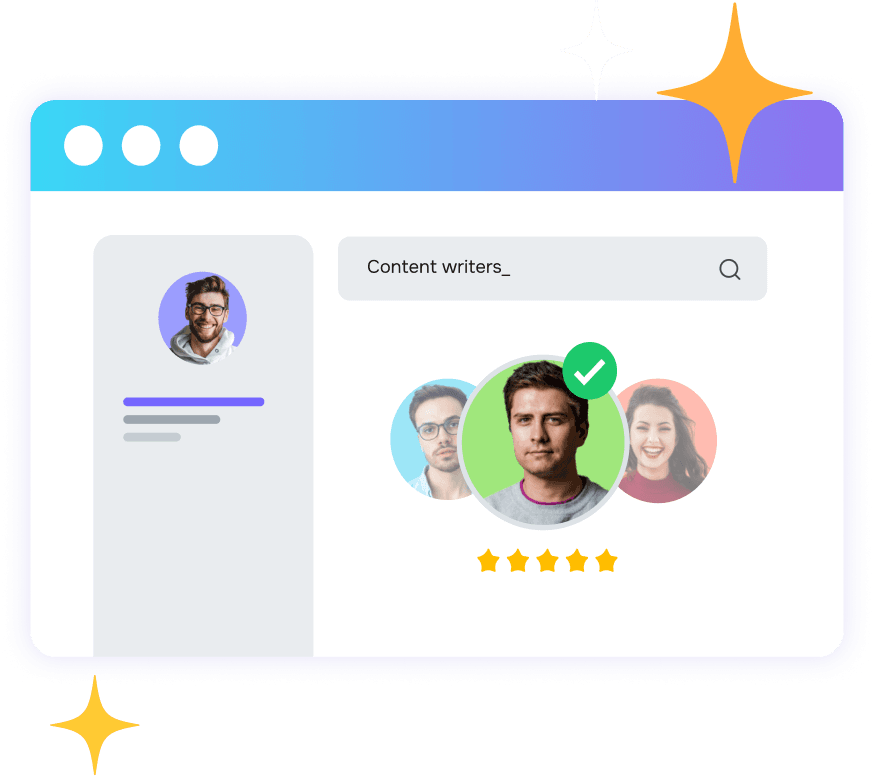Piali Dasgupta
Senior Vice President of Marketing at Columbia Pacific
Piali Dasgupta’s Insightful Horizons of content marketing
The digital revolution has bought a tremendous amount of change in marketing. It is not just evident in how we market but also in how consumers engage with the brand. Here is an insightful conversation with Piali Dasgupta (Senior Vice President of Marketing, Columbia Pacific) where he talks about the nuances of content marketing. Piali's professional journey spans over a decade, during which she has thrived in various roles, continuously adding value to organizations across diverse sectors. Her experience includes managing end-to-end marketing initiatives, developing innovative strategies, and leveraging digital platforms to maximize brand visibility and engagement.
1. Where did your journey start, and what are your achievements?
Well, my journey started back in 2007, and it has been 16 years now. It started with journalism. I did my masters in communications, and my first job was at the Times of India (TOI). I spent around four years with TOI, and I came to do a short stint with them because they wanted me back. So, I spent around five to five and half years in journalism, mainly covering fashion, and obviously, brands were a huge part of my life.
And in 2012, when India was at the helm of the digital revolution, I decided to switch over because I sensed that print would probably not be the future. Publications were shutting down; I was also part of a publication that did shut down but would not name it. And probably, I realized that digital would be the future. And I wanted to be ahead of the curve and made that switch.
And I went to Myntra to head content for them. So, I was responsible for video content across YouTube and fashion content on the blog. And then from Myntra, where I was an associate fashion director. I moved to Amazon as fashion director to set up their social media for fashion in India. This was the mandate for which I was hired. At Amazon, we had a global team, so they wanted me to get fashion that is truly Indian, and at the same time, it had to be a global brand. The Amazon proposition had to be carried out throughout.
Post Amazon, I had to move to the agency side. It was a very deliberate decision, you know. I had not experienced the agency because I was always on the client side. And I realized that it was like a gaming pole in my profile. So, the opportunity came to a head for the Bangalore functions for the Aditya Birla fashion brand. I took the opportunity and spent two years, and then Columbia Pacific Community happened.
I thought it was a good opportunity to build something from scratch, which I hadn’t done before that. I had always been part of large brands that already had everything set for them, and you just had to run the show. And so, I thought the excitement of setting up something from scratch and giving the brand worth, and seeking to see it grow from zero to one was an exciting opportunity. And I was also very actively looking for an opportunity outside fashion.
I realized that I was getting a vision hold on fashion and also wanted to challenge myself if I had a different perspective outside the fashion. It was more to challenge myself outside the fashion world. So, I have been for about four and a half years. Joined at a time when branding did not exist in India. They had a global presence but did not have a presence in India. Today, it is countries category’s largest and most preferred senior living brand. Yeah, that’s my journey.
2. What are one or multiple things you have seen in marketing as an industry? Where do you see the future of marketing?
This is the question that is asked us very often. Especially for someone who has been maybe 10-plus years, this is a relevant question because we have seen quite a shift. I think marketing today is, you know, so much about stories, creating experiences, and creating narratives; I am not saying this was the case 15 years back. The digital revolution has bought a tremendous amount of change in marketing. Not just how we market but also how consumers engage with the brand. So, I think it’s two-way. So, in the last 10 to 15 odd years, the space has not only gotten competitive and cluttered, but it has also got more efficient. And that is all thanks to the digital revolution and automation, which is the future of marketing.
I think today, the power is equally in the hands of the consumer because this is the biggest shift, right? Back then, brands were one-way communication. Brands created communication; as a consumer, you didn’t have a voice. Today you have a voice; you are an equal party in the relationship. And I think voice is a very powerful voice; it is a voice of change. If you listen to the voice of change, there are tremendous insights you can derive from it as a marketer.
I think that brands have realized that they create communities with their end users. So, it is no longer maybe about selling. That’s people’s bread and butter. But it is also about creating communities and forging meaningful relationships with end users where they become part of your brand and decision-making process. So, they are no longer passive entities; they have become active entities.
3. How have you tackled content marketing as a problem parse? What was the right strategy that you came up with?
So firstly, as a marketer, personal content is the first approach because everyone says and it is true that content is king. And that differentiates you from everybody else. As I was going through a video, it said that 30% of content created as a brand is why people don’t buy the product. It sorts of really got me thinking. I think the idea is not to create content for the sake of content creation which I have said many times. It is mainly about creating content that serves a purpose. Is it to entertain, is it engaging, or every piece of content will have its objective? And the content piece stick to the objectives.
And it is important to ask yourself who I am as a brand in this world and what it is that I am trying to solve. Every brand is trying to solve multiple customers’ pay points. And the main idea is to acknowledge what is at the core of the brand and then start from there. It is not that everyone is on the metaverse and should start a metaverse strategy. If everyone has that guiding start, everything will fall into place. Everybody makes mistakes and learns. The idea is to do it for the right reasons. And do content that resonates with the brand and also with the audience.
4. How much do you think AI will affect content marketing?
Look, AI is going to affect everything. AI is going to health care, manufacturing, travel, and everything possible. It is the present and the future, and there is no running away from that. I do not know whether AI will replace us; I hope not. AI will compel us to be smarter and use AI for our benefit. I think we should not look at it as a real threat. There may be many other AI-like chatbots later, but the idea is to know how to use them.
Because AI is going to automate a lot of things, ads would run on their own. It will leave us with more time and let us do things holistically.
AI will also change audience behaviors and predict audience change and evolvement. And finally, I would say there is no substituting the human touch in any product. Brands should humanize themselves. And understand the people’s needs. Building more and more connections is what is important to me.
As far as marketing is concerned, AI is making it much more efficient, faster, and cheaper. It is helping markets save big bucks and help predict things.
5. If you could create a dream marketing platform, what would that be?
Well, I can give you what the marketing stack is. I am more into neuromarketing or behavioral sciences. Gori Sunderland, president at Ogilvy, I have read a lot of books as he talks about behavioral sciences. He gives you an insight into consumer behavior in the future. It can give marketers a sort of sneak-peak into that. The behavior will continue to change. Consumers are humans and related to behaviors. And how humans want what they want and what drives those needs technologically. This is what drives my fantasy stack.

